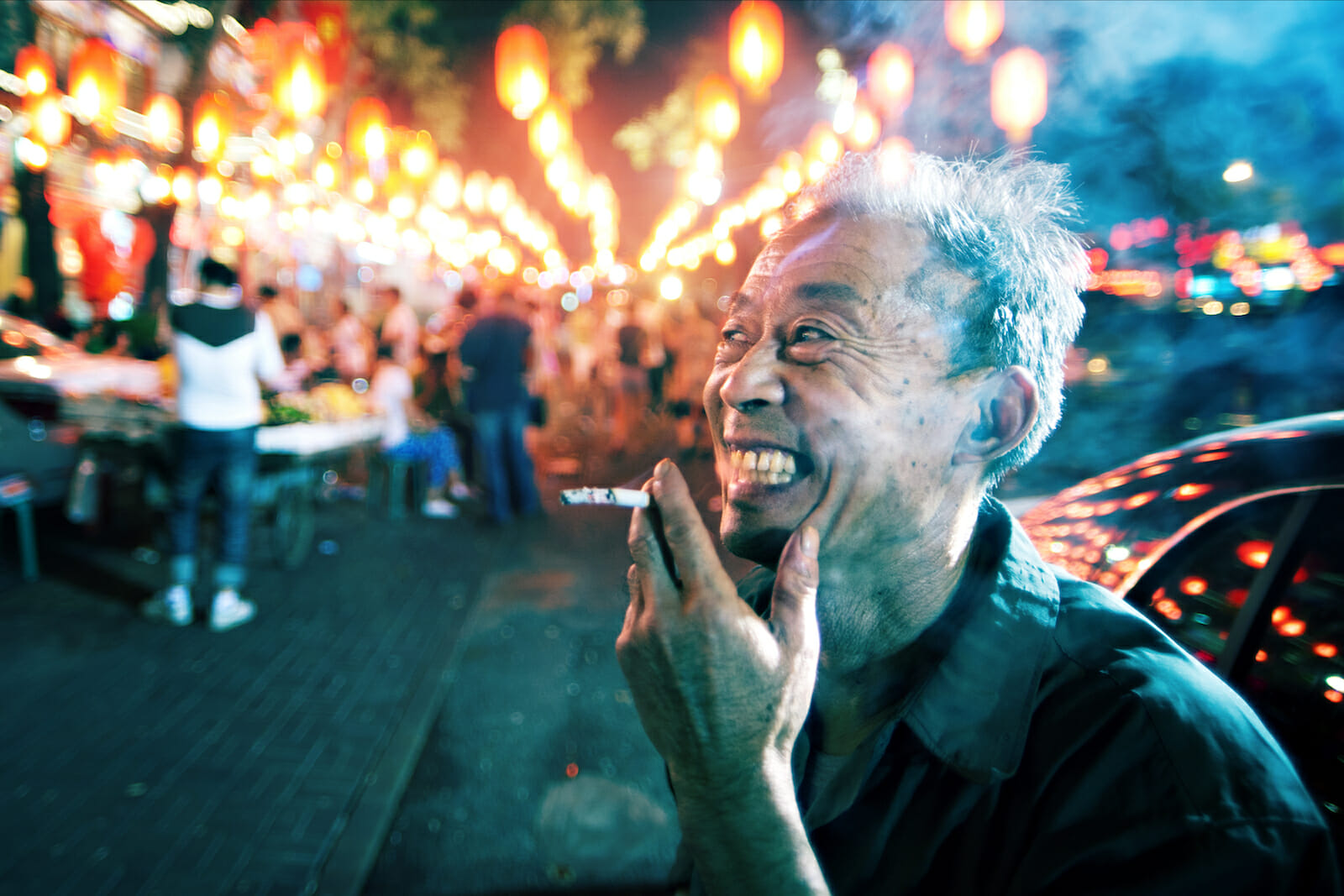
The World Must Unite Against Big Tobacco to Stamp out Dodgy Smokes
Can big tobacco be beaten back in the developing world? When China rolled out a countrywide blanket ban on workplace smoking in 2015, some thought yes. But three years later, weak enforcement has done precious little to curtail the habit. In fact, the number of complaints about illegal smoking in Beijing keeps climbing, indicating that the measure is failing.
Beijing city officials reacted promptly to the rise in complaints by announcing they would include illegal smoking into China’s citizens’ credit record system to enforce the law. The measure was as draconian as it was hurried, and inadvertently highlighted an important aspect that besets China, and indeed most of Asia: tobacco regulations are woefully underdeveloped and their implementation suffers. For the Middle Kingdom, the explanation is easy: the state-owned tobacco company, China National Tobacco Corp, is not just responsible for almost 10% of the country’s budget, but is the same entity that is supposed to regulate smoking. While the State Tobacco Monopoly Administration is ostensibly independent, it shares the same headquarters, website and CEO with China National Tobacco Corp.
With such lax regulatory oversight, it’s not surprising that China is the biggest source of contraband smokes for Southeast Asia. It is the world’s biggest tobacco market with 300 million smokers. Beijing and other major cities may have passed (weakly enforced) anti-smoking measures, but they are undermined by a dearth of regulation at the national level.
Farther afield, the situation is even worse in ASEAN countries. Indonesia has the highest percentage of male smokers in the world, while the number of 5-to 9-year-olds who smoke has tripled in 20 years. In Malaysia, smoking is still allowed in various public places and in the Philippines, cigarettes are marketed to young girls in “lipstick packs.”
Unsurprisingly, the ASEAN region has become the global nucleus for illicit cigarettes. Low prices, porous borders and a lack of scrutiny of rural retailers have created ideal conditions for smugglers sourcing their product from Chinese manufacturers and spiriting them into neighboring countries along tried-and-tested routes used by narcotics traffickers. In some countries, as many as 50% of all cigarettes smoked are contraband.
Enter the World Health Organization. On paper, China is a signatory to the WHO’s Framework Convention for Tobacco Control (FCTC). Earlier in October, the signatories mapped out a global implementation strategy for the “game-changing” Protocol to Eliminate Illicit Trade in Tobacco Products – a complement to the FCTC – during the treaty’s inaugural summit. The treaty demands a range of actions, notably the creation of a global track-and-trace (T&T) regime to smoke out dodgy cigarettes. While many EU members speedily ratified the Protocol, China and other Southeast Asia countries have not.
An army with rubber bullets
Ambitious as it may seem, the FCTC and its Protocol have come up against reality – and the first results are not encouraging.
The EU, for example, hopes to tackle the pervasive tobacco smuggling problem by developing a bloc-wide T&T system. The WHO Protocol stipulates that any such system must be completely independent of industry interference, but that even Brussels is struggling to shake Big Tobacco off its back underlines the scale of the task.
Cigarette producers have lobbied hard for the adoption of their own T&T scheme, Codentify, a tactic that appears to be working: the European Commission has adopted and is in the process of implementing a hybrid system combining Codentify with a third party-operated alternative. Although this hybrid solution is in conflict with Protocol stipulations, EU officials are nonetheless promoting the system as a model for other countries. Naturally, public health advocates fear this will lead to Big Tobacco sabotaging tobacco control initiatives from the inside.
Europe, having had such trouble freeing itself from the tobacco’s yoke, is worried about Asia, which is even more beholden to the industry and has not received the support from the international community it requires. Indonesia, which hasn’t even ratified the FCTC, is dubbed ‘Disneyland for Big Tobacco’ because of the ease with which lobbyists have blocked tax increases and marketing restrictions. Jakarta, gleaning 10% of its tax revenues from cigarettes, even consults the industry in regulatory decisions. In the Philippines and Vietnam, industry representatives sit on health policy-making bodies.
Perhaps unsurprisingly, the industry’s influence in Asia has risen in conjunction with smuggling. After all, the industry has been repeatedly accused of flooding its markets with illicit cigarettes, as it seeks to woo younger smokers and keep taxes low. A report by researchers at the University of Bath found that up to 70% of smuggled cigarettes come from the tobacco manufacturers’ own stocks. As in Europe, cigarette producers are feverishly promoting the Codentify system in Asia, blocking genuinely independent schemes designed to tackle rampant smuggling.
Therein lies the rub: policymakers need to correctly diagnose the failure of global anti-tobacco regulation. For any paradigm shift to occur in the developing world, one should not focus solely on corruption or the lack of infrastructure to explain some countries’ inability to crack down on illicit tobacco. Cooperation with Asian countries must be increased to ensure that the tobacco industry plays no part in regulatory discussions. And, above all, policymakers must ensure that the FCTC is accessible to everyone, because the only way to defeat divide-and-rule is with unity.

